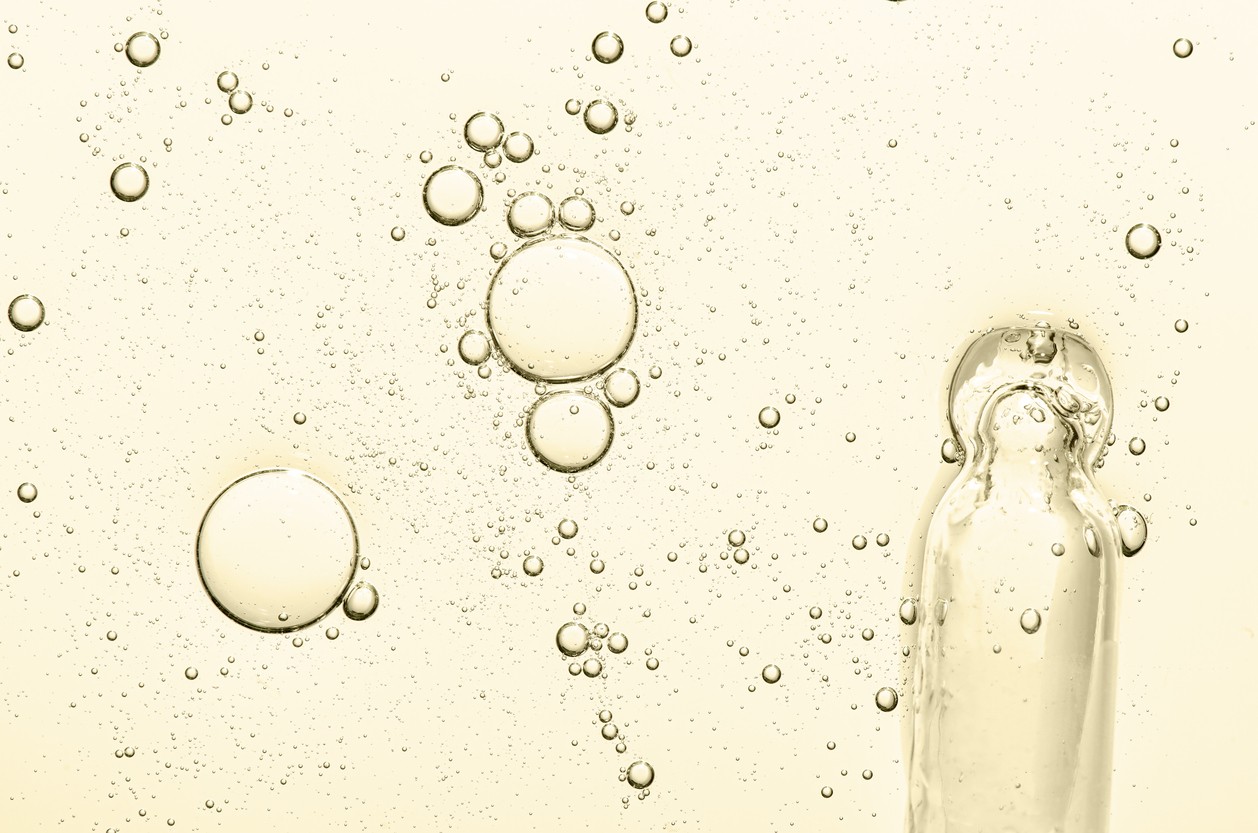Leuphasyl is the synthetic equivalent of enkephalins, which are endorphin peptides that regulate nociception. The peptide may also affect mood/behavior, movement, neuroendocrine functions, and pain perception.[2]
The peptide has been suggested to block electrical impulses at the neuromuscular junction, the synaptic space between a motor nerve terminal end and a muscle. Consequently, Leuphasyl may reduce muscular contraction, reducing instances of wrinkle development on the skin structure. Leupahsyl has been reported in research findings to potentially mitigate wrinkle development by 28% to 34.7% in animal models.[1] More specifically, the scientists suggest that “Our results emphasize that only for Leuplasyl 2% there are important ameliorations. The size of the wrinkles trajectory was smaller with the following average: 34.7% for frontal region…; 28.4% for periorbital zone.”
Leuphasyl (Pentapeptide-18) appears to attach enkephalin receptors to nerve cells, releasing acetylcholine into the synaptic gap. Leuphasyl may induce Ach release by modulating synaptic vesicle fusion directly. Following the release of Ach, Leuphasyl may bind to Ach receptors and induce muscle cramps, at which point Pentapeptide-18 enters the picture to inhibit the reaction. It is unclear if or how Pentapeptide-18 accomplishes this, but it has been suggested to function to reduce the prevalence of wrinkles around corrugator supercilii muscle and the preorbital zone while interfering with neuromuscular signaling.
An experiment by Dr. Howard Maibach, a Professor of Dermatology at the University of California, suggested that after 28 days of exposure to the peptide, 5% of Leuphasyl singularly reduced 11% of wrinkles. In addition, 5% Leuphasyl combined with 5% Argireline reduced wrinkles by approximately 25% on average, rounding up to a 45% average.
The mean wrinkle reductions for Leuphasyl, Argireline, and their combination were 11.64%, 16.26%, and 24.62%, respectively.[5] The scientists report that “This study suggested a synergistic effect between Leuphasyl and Argireline.” In this context, Leuphasyl may act to prevent the formation of wrinkles, while the attached molecules—GHK-cu and Argireline—may help reduce the lines that form.
Disclaimer: The products mentioned are not intended for human or animal consumption. Research chemicals are intended solely for laboratory experimentation and/or in-vitro testing. Bodily introduction of any sort is strictly prohibited by law. All purchases are limited to licensed researchers and/or qualified professionals. All information shared in this article is for educational purposes only.
References
- Montiel, A. V. F., Puche, J. C. & Montiel, A. P. Cosmetic or dermopharmaceutical composition comprising enkephalin-derived peptides for reducing and/or eliminating facial wrinkles. (2015).
- Puig, A., Garcia-Anton, J., Perez, R. & Mangues, M. Eyeseryl and Leuphasyl: Synthetic Peptides as Advanced Cosmetic Actives. Available at: cosmeticsciencetechnology.com/companies/articles/821.pdf.
- Dragomirescu, A. O., Andoni, M., Ionescu, D. & Andrei, F. The Efficiency and Safety of Leuphasyl—A Botox-Like Peptide. Cosmetics 1, 75–81 (2014).
- Wilson, A. J., Chin, B. C., Hsu, V. M., Mirzabeigi, M. N. & Percec, I. Digital Image Correlation: A Novel Dynamic Three-Dimensional Imaging Technique for Precise Quantification of the Dynamic Rhytid and Botulinum Toxin Type A Efficacy. Plast. Reconstr. Surg. 135, 869e–876e (2015).
- Gorouhi, F., and H. I. Maibach. “Role of peptides in preventing or treating aged skin.” International journal of cosmetic science 31, no. 5 (2009): 327-345.






